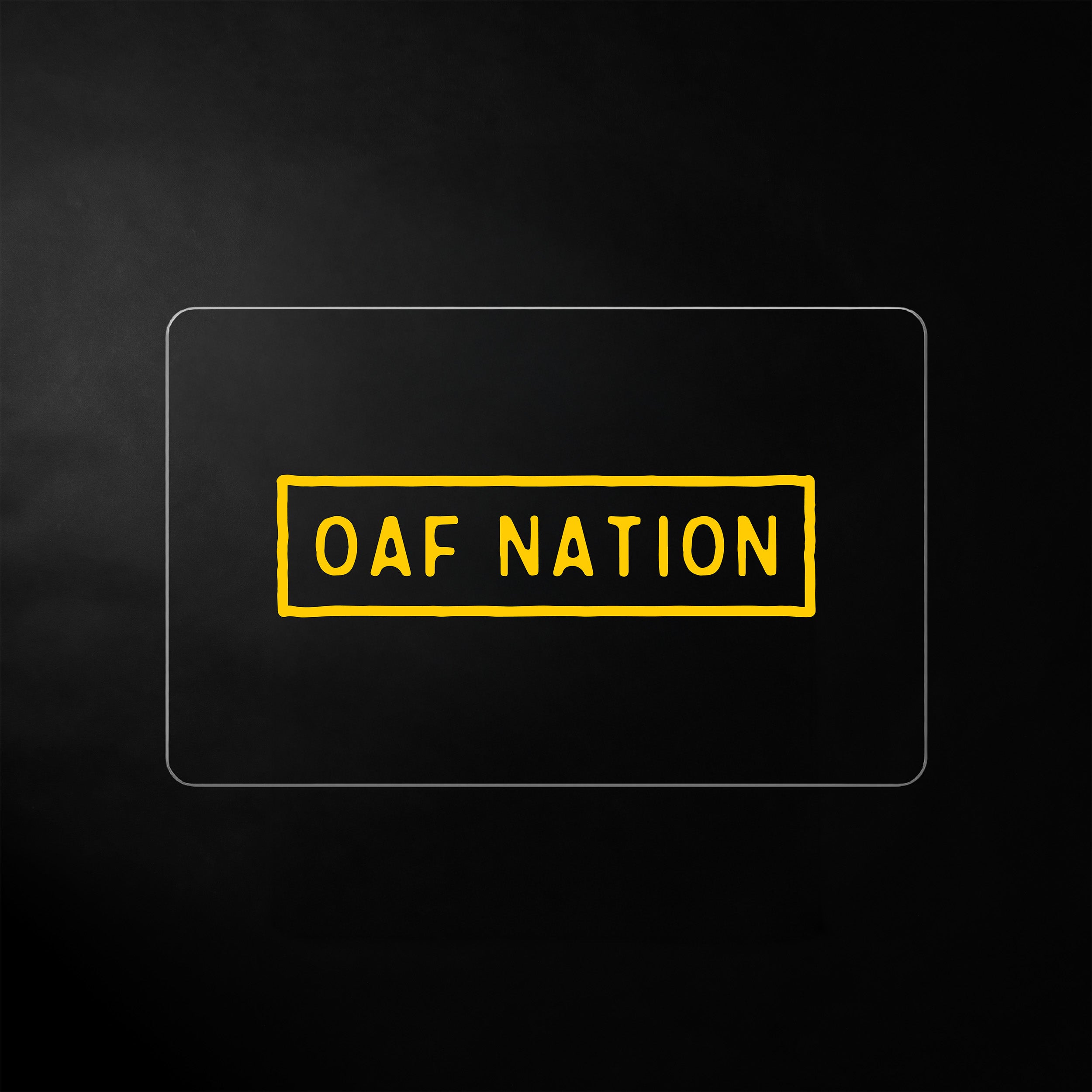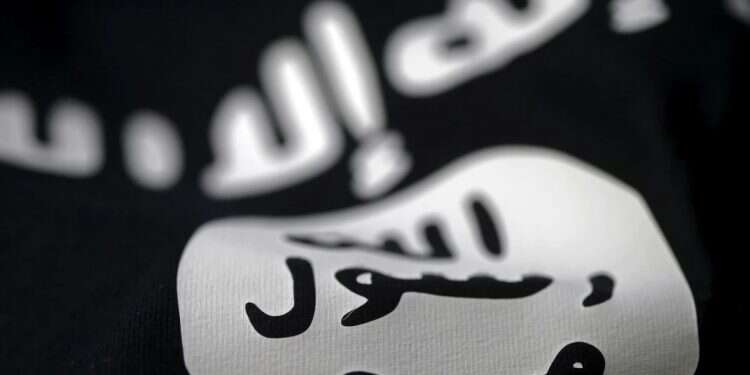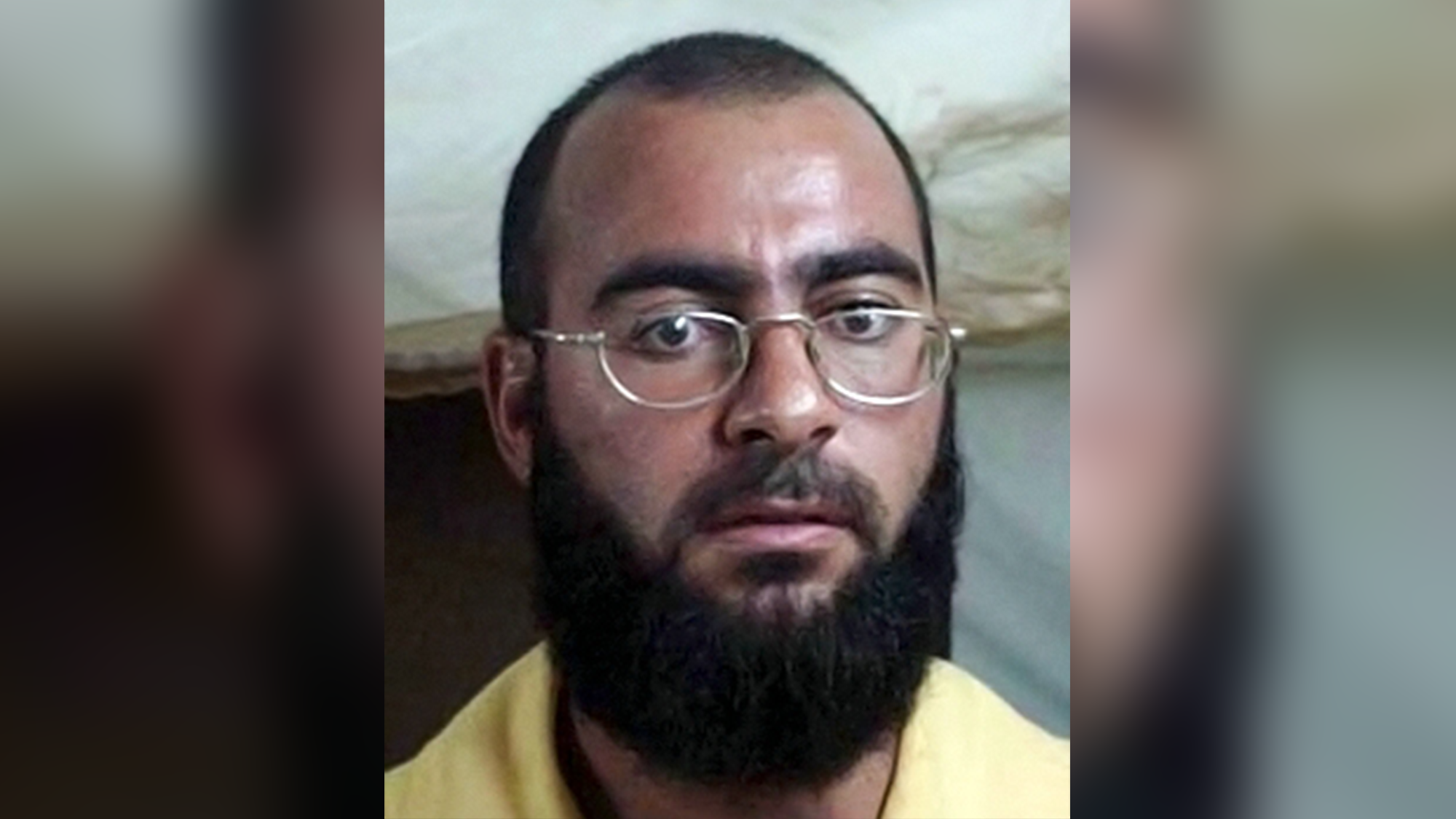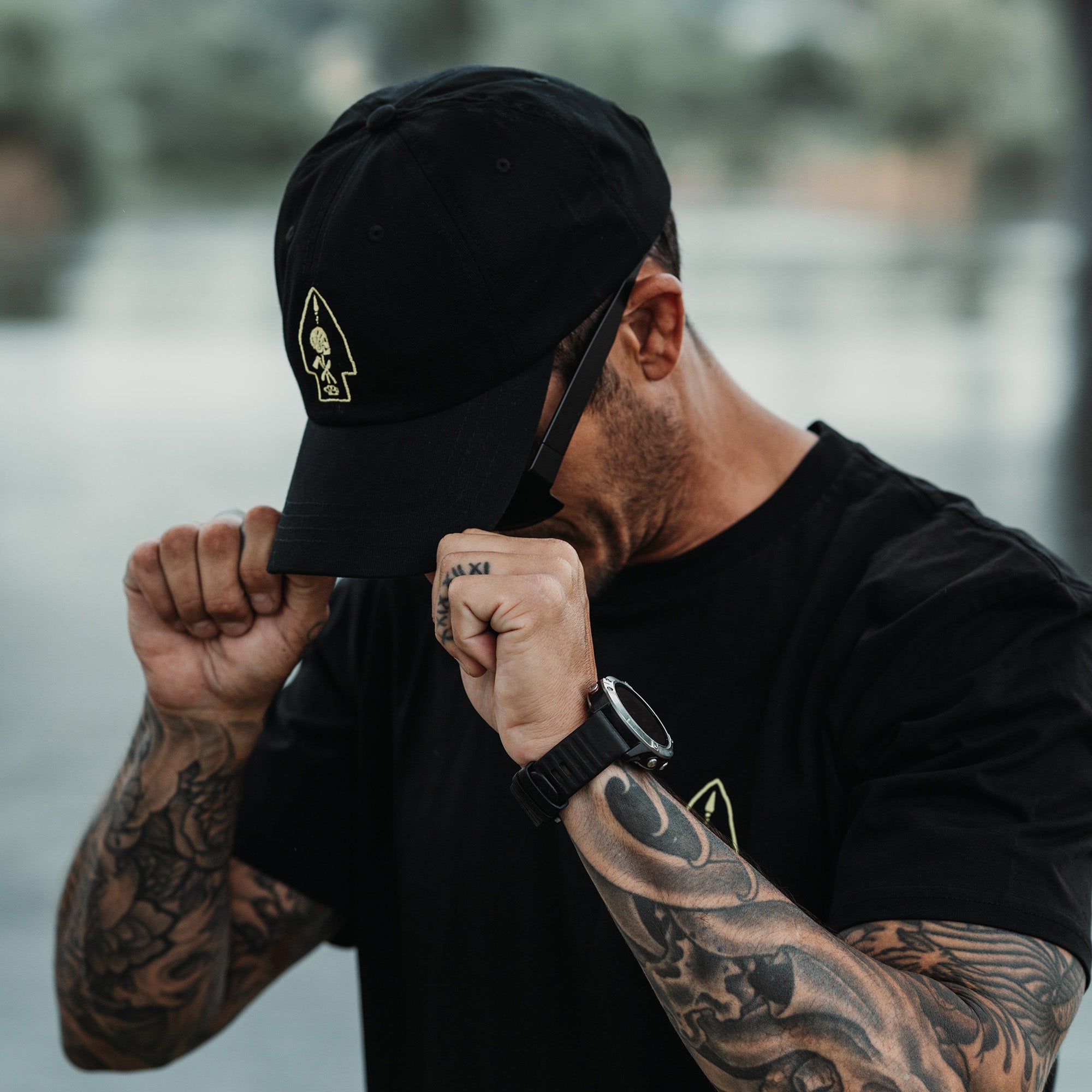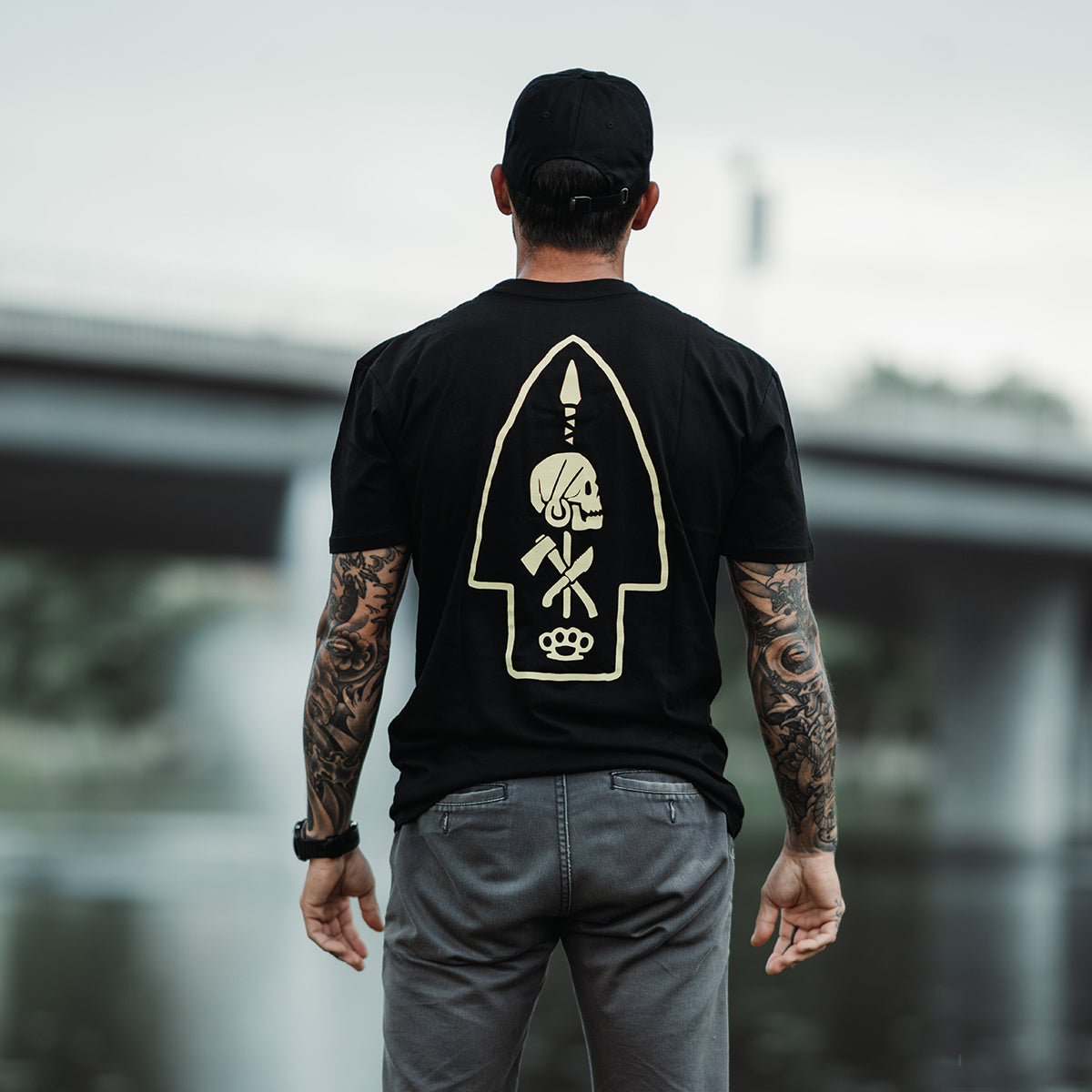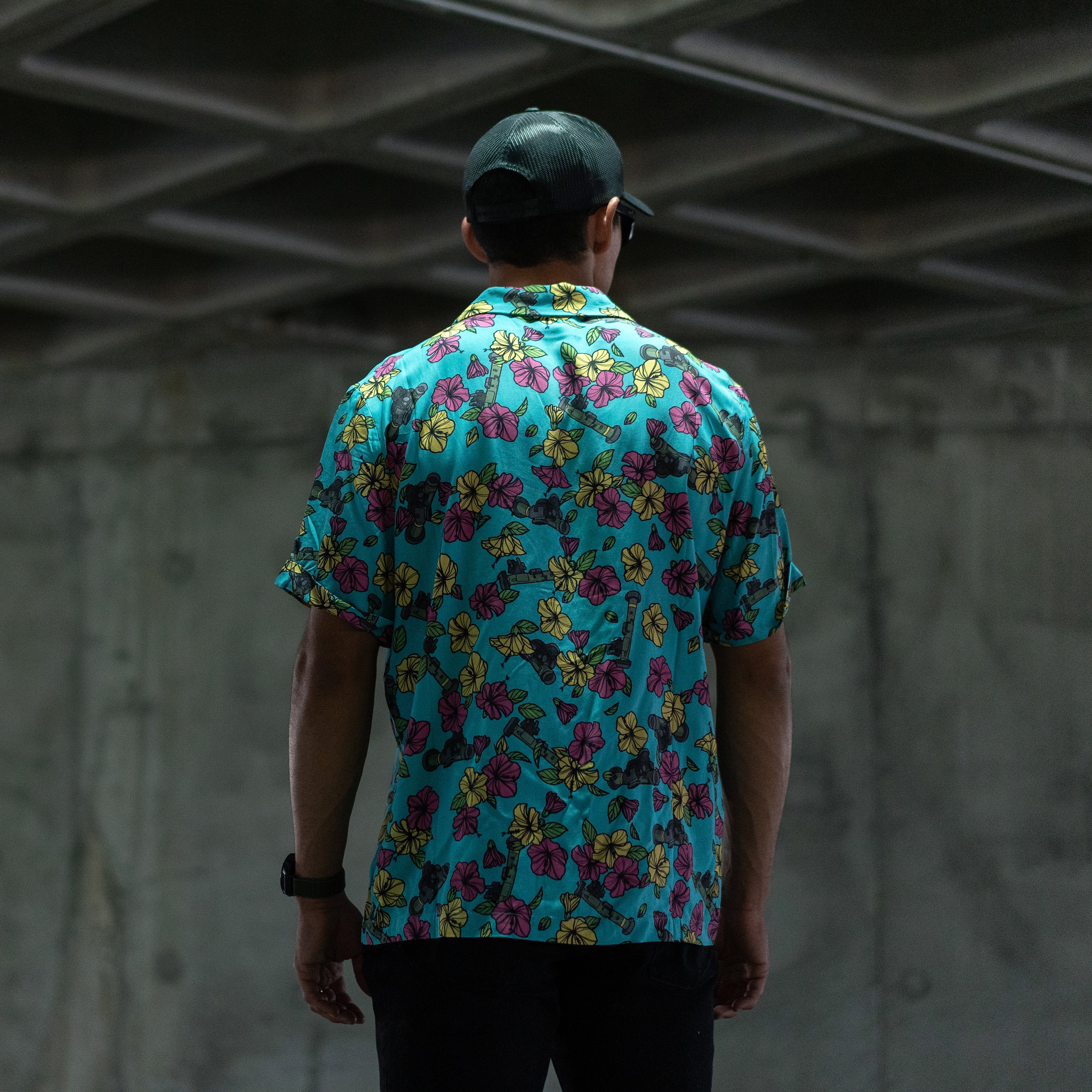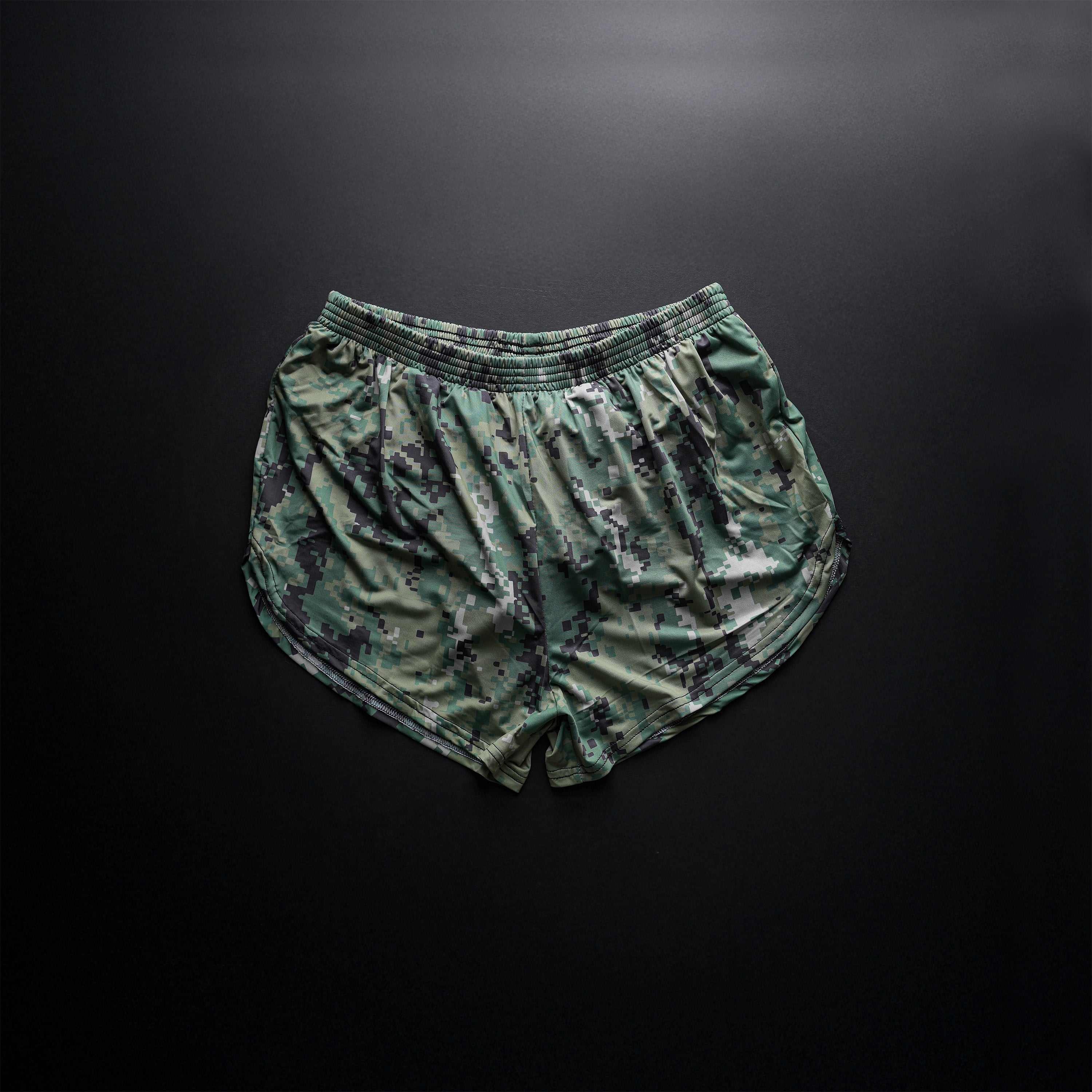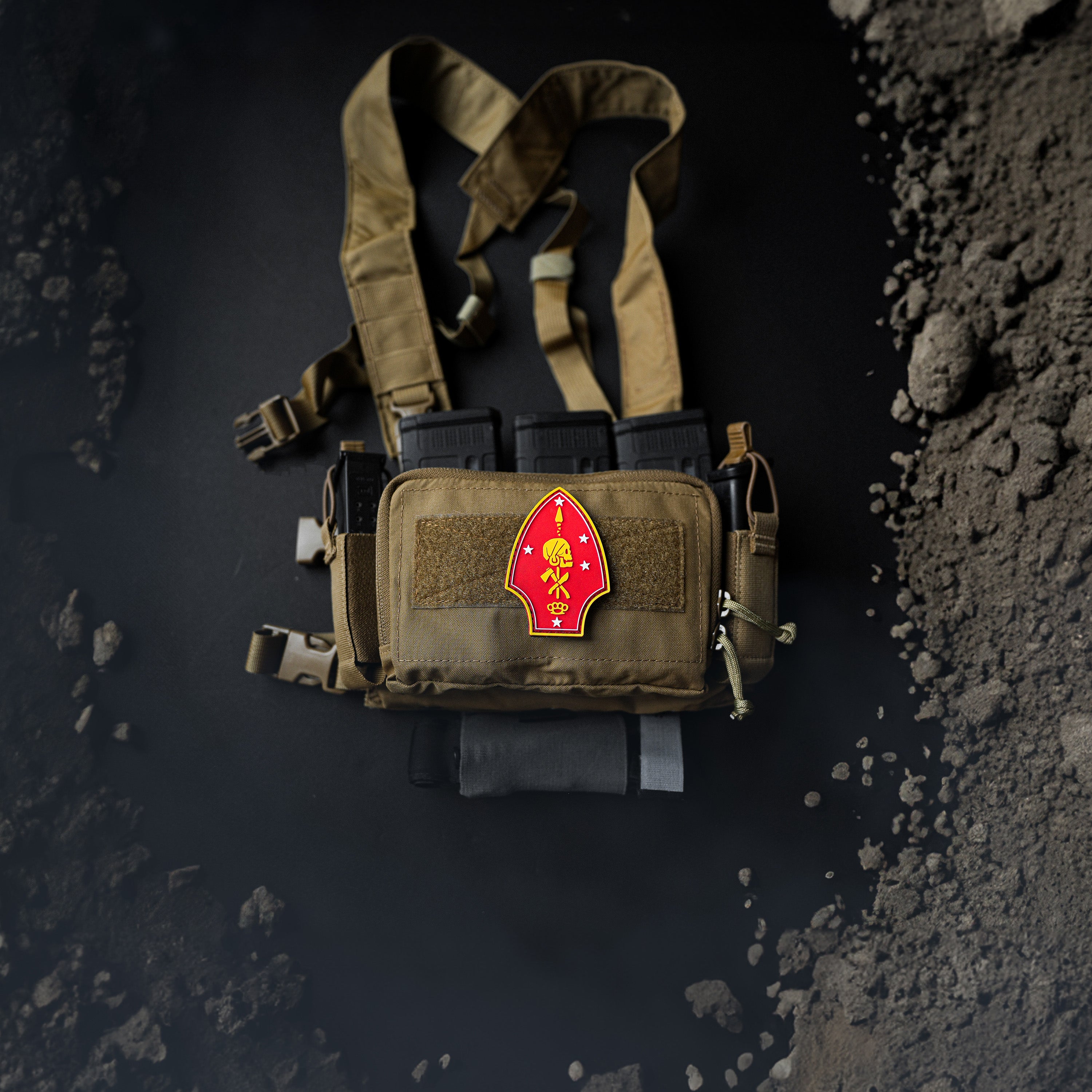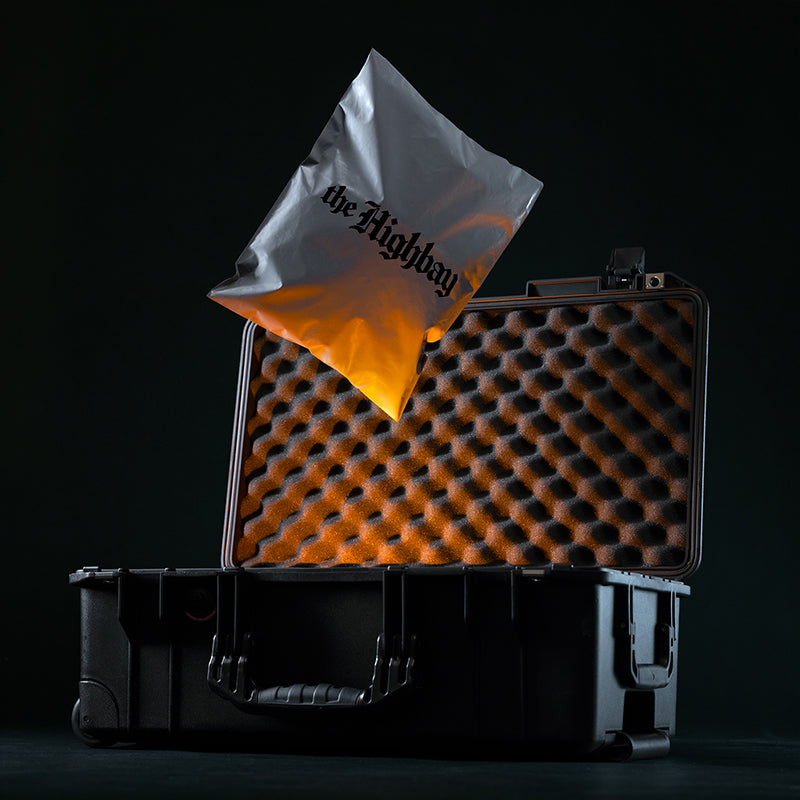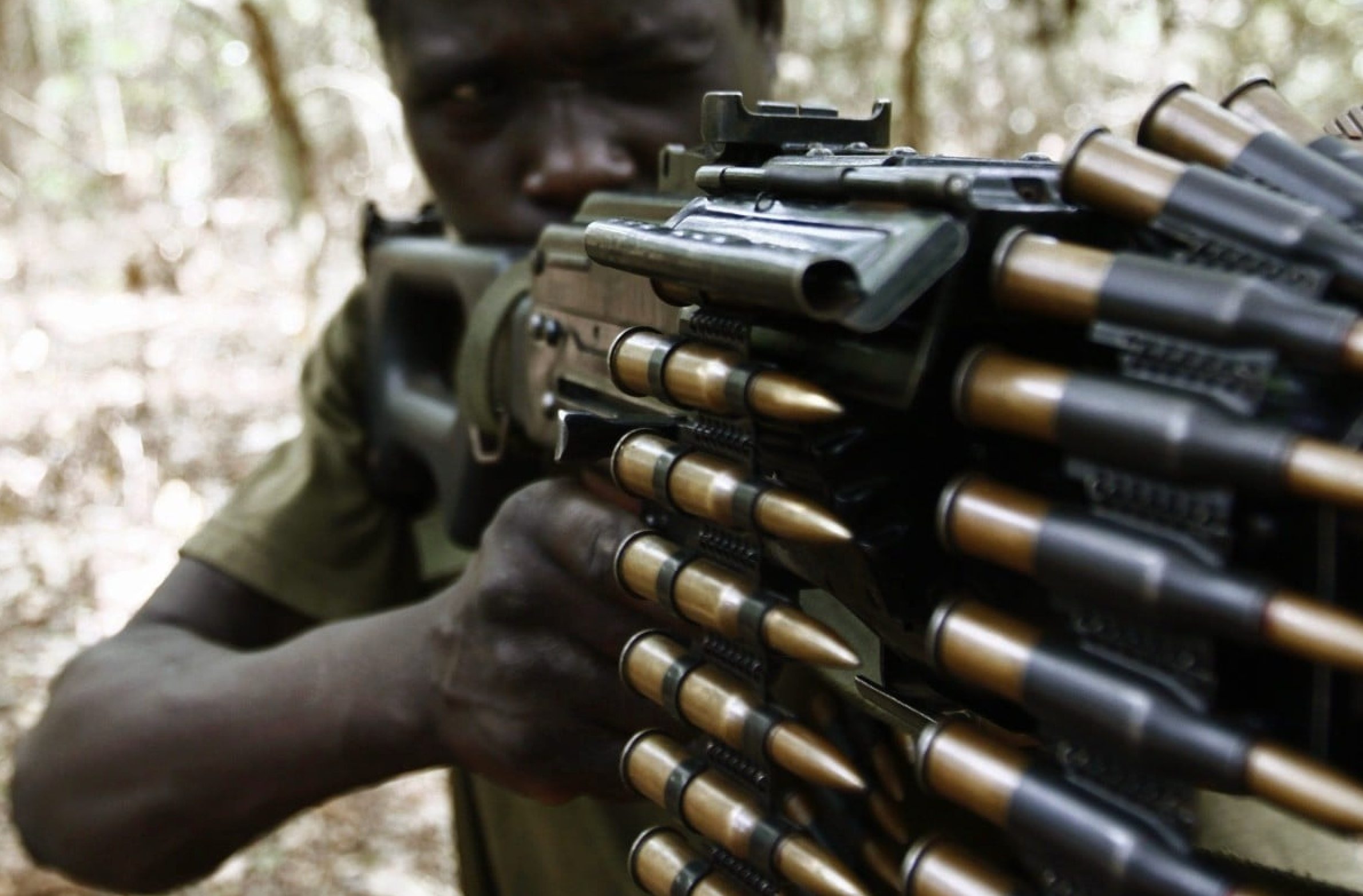
The Drug Runners of the Sahel
Illustrative photo via Reuters
BY GABRIEL FANELLI
According to a report published by the United Nations Office for Drugs and Crime (UNODC) in April 2024, drug trafficking in the West African portions of the Sahel continues to undermine the rule of law, hinder security and prevent economic development. Indeed, drug trafficking, coupled with government complicity and corruption has led to the continued financing of a variety of armed groups – both Islamist and secular – which further destabilizes a region that arguably never had any stability to begin with. What is not often reported on is the presence of the Sinaloa Cartel and Cartel Jalisco Nueva Generación (CJNC) in this region and how they have established a system that is as unlikely to be stopped in Africa as it is in Mexico. They flourish due to their purposeful obscurity. They are not as flashy as they are in Mexico, and operate in the dark using fixers, mules, middlemen and a variety of means to hide their direct involvement in this leg of the multibillion-dollar global enterprise.
West Africa’s smuggling routes have been well established for over a century and provide an attractive option for Mexican cartels who have established relationships with Nigeria, Ghana, Mali and Senegal since the early 2000s. The porous borders, lack of regional security efforts, and corruption have allowed cartels to thrive here. In 2012 the DEA claimed that nine of the largest drug trafficking enterprises in Mexico and Latin America had established a presence in the region, and interdiction efforts by local governments were relatively non-existent.
Guinea-Bissau is known as the most complicit West African country in the proliferation of drug trafficking networks in the region. It is now considered a narco-state by the United States and United Nations. Mark Shaw of the University of Cape Town, who wrote a very detailed breakdown of the trafficking networks inside Guinea-Bissau, disagrees with the label, acknowledging the vastness of the protection network, and credits a number of “courageous” elements within the government who are doing what they can to stamp out the drug trade. Still, General Antonio Indjai staged a “Cocaine Coup” in Guinea-Bissau in 2012 largely to gain control over the cocaine trade. A 727 registered in Guinea-Bissau dubbed “Air Cocaine” frequently flew in and out of Northern Mali until 2009 when it was found burnt out in the desert. It was believed to have carried ten tons of cocaine.
The cartels main effort is to simply get the cocaine into Africa, which has proven quite easy utilizing the “Bissau Corridor” which begins off the lawless coast of West Africa using the numerous ungoverned islands. A single Spanish ship is moored off the coast, a gift from Madrid, but it never patrols the waters. From there, they tend to rely on local warlords and militias to get the cocaine across the empty deserts of the Sahel to North Africa. The cartel will then regain control of the shipments for transport into Europe.
Sherif Ould Tahar is a dual Algerian-Malian warlord who now controls most of the drug, gun and human trafficking networks in the region, he is often called El Chapo of the Sahel. His actual location is unknown, but his logistical home base has historically been Agadez, a city in northern Niger which is the center of the Sahel’s trafficking operations. Tahar is a member of the Lemhars tribe, who is infamously known for being the creators of former al-Qaeda affiliate Movement for Unity and Jihad in West Africa. Many of the former members of this group, including Tahar’s nephew, joined the Maghreb based jihadist group known as al-Murabitoun. The Lemhars are fighting the Tuaregs for control over the Sahel cocaine routes. The cartels, however, do not care who delivers their product to its destination, so long as it gets delivered.
The origins of the tribal drama lay in the Libyan civil war of 2011. Muammar Gaddafi armed and paid ethnic Tuareg militias to fight off the opposition forces attempting to depose him. After his death, these militias moved back into their native Mali, now armed with modern weaponry under an independence movement called the National Movement for the Liberation of Azawad. With their newfound power, they quickly took over large swaths of Northern Mali which they declared the independent state of Azawad, with Timbuktu as their proclaimed capital and Gao as their provisional one. Ould Tahar and the Islamists opposed this movement, and helped the Malian government fight off the Tuaregs. A coup in March 2012 was largely due to Bamako’s inability to effectively stop the Tuareg takeover to the north.
Ould Tahar was considered untouchable and would orchestrate narco-transport planes into Gao without fear of reprisal. The migrant crisis in Africa fueled the addition of a new commodity to traffic – humans. By 2015 the trafficking of drugs, guns, money, and people netted several hundred million dollars annually.
Throughout it all, Agadez was the main hub for everything. The UNESCO heritage site in the city center is surrounded by brothels, bars, ghettos and crime lords. With a similar climate, this real life Tatooine was replete with cantinas and more than a few Jabba the Hutt types.
The EU was desperate to stop the flow of migrants into Europe, and set up a $5 billion dollar trust fund for Africa, with over $1 billion going to Niger alone in exchange for implementing anti-trafficking laws. This created an economic crisis for northern Niger, who relied on the trafficking for their livelihood. After the coup in 2023, Niger’s new military government decided to toss the law out, calling out “colonial fetter” and have made great strides to remove all French and U.S. presence. In its place, Russia’s Africa Corps (formerly Wagner Group) has moved into the same barracks at Niamey’s Airbase 101 that I slept in during 2020.
The power vacuum will likely allow the trafficking networks to flourish and spread, and the Sinaloa and CJNC cartels have already moved their operations deeper into Africa, establishing relationships in The Democratic Republic of the Congo and Mozambique. This spread, coupled with increased Chinese trade activity, allows Chinese made synthetic drugs to be trafficked by Mexican cartels in the heart of Africa – all hidden in consumer goods shipping containers. We may well be past the point of interdiction.

